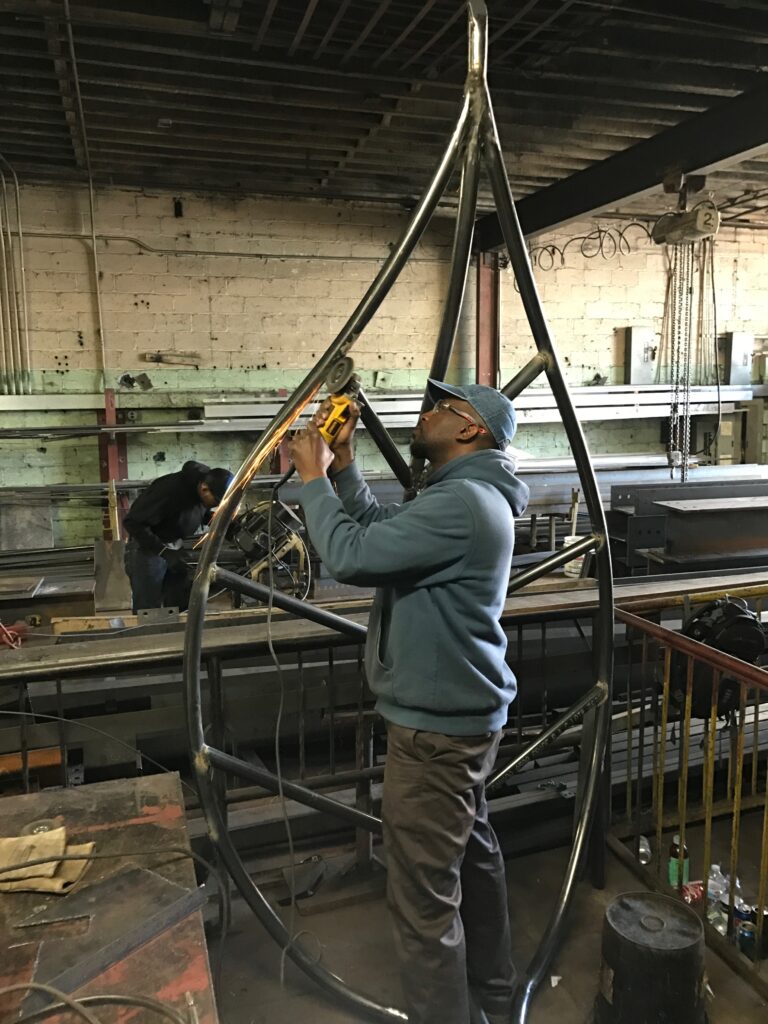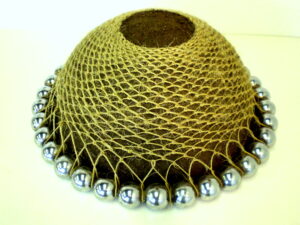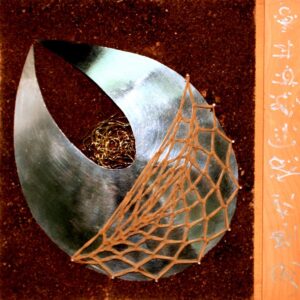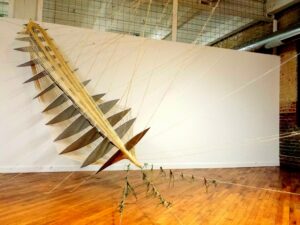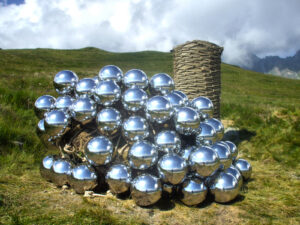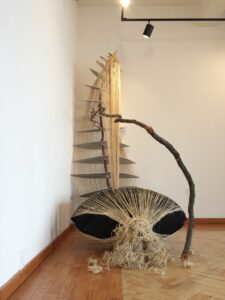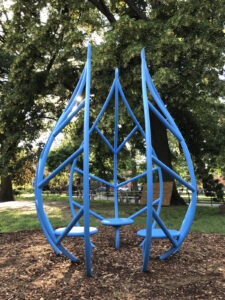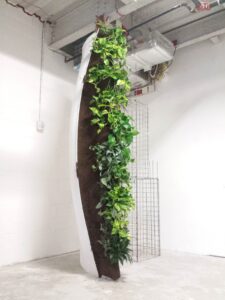Carl Musa Hixson was born in Cleveland, Ohio but has mostly lived in Brooklyn, NY. He earned an MFA in Sculpture at Pratt Institute and a BA in Comprehensive Art from Hampton University.
Hixson was selected as artist-in-residence at Wave Hill, Winter Workspace, Bronx, New York in 2015, at The 3-D foundation, Verbier Switzerland in 2011, Obama City Art Residency, Obama Japan in 2010, Vermont Studio Center, Johnson Vermont in 2006 and Virginia Center for Creative Arts, Amherst, Virginia in 2005. In 2014, he received an artist development grant from the Massachusetts Museum of Contemporary Art(MassMoca)/Rockefeller Foundation, in 2010 he was selected for the Aichi Triennale in Achi, Japan, Hixson is also a 2007 Oxford Round Table Fellow, University of Oxford, England. He has taught Art History, Sculpture, Painting, and Drawing at several Universities, including City University of New York, College of New Rochelle, and New Jersey City University.
In 2003, He founded Brooklyn Art Incubator with a mission to serve needed communities through the Arts. Presently, Hixson is very interest in the future of art’s relationship with and its responsibility to the natural environment.
Musa Hixson’s multidisciplinary art explores the correlations existing between repetitive codes of information uncovered in scientific research and the various structural patterns, which occur in our everyday environment. The artist’s process-oriented practice skillfully incorporates the complexities of painting, wrapping, automatic writing, cutting, scoring, tying, weaving, and nailing.
Combining various materials with existing found objects, his multifarious art reflects assemblage, sculpture and large-scale immersive installations. Recurring motifs in his practice are the elliptical forms and spheres often repeated organically in nature. The artist attributes his interest in these forms to their structural sustainability and therefore prevalence in the universe.
Hixson’s art implies a lyrical collision of these binary worlds, resulting in visual interpretations embodying such formal elements of composition as; surface, depth, mark making and balance. Anthropological trends in human behavior are another core concern in the artist’s oeuvre. Evidenced by a subtle reference to symbolic, materials, imagery and objects interwoven.
How did you find yourself in the arts?
I have always loved making art. So, when it was time to go to college I choose to major in art because it was the only thing I could see myself being dedicated to.
Who has been a big influence in your career?
Martin Pureyur, Ampofo Anti (my undergrad Sculpture Professor) and Andy Goldsworthy.
When you hit a creative block, how do you move forward?
Go for a walk. Pray. Think about something else and come back to it. Call someone and ask for help.
How do you define success?
Being as useful and as helpful as possible.
What has been an important lesson you have learned during your career?
It’s good to be humble and tenacious.
Finally, what advice might you give to your younger self?
Be less selfish and more disciplined.

